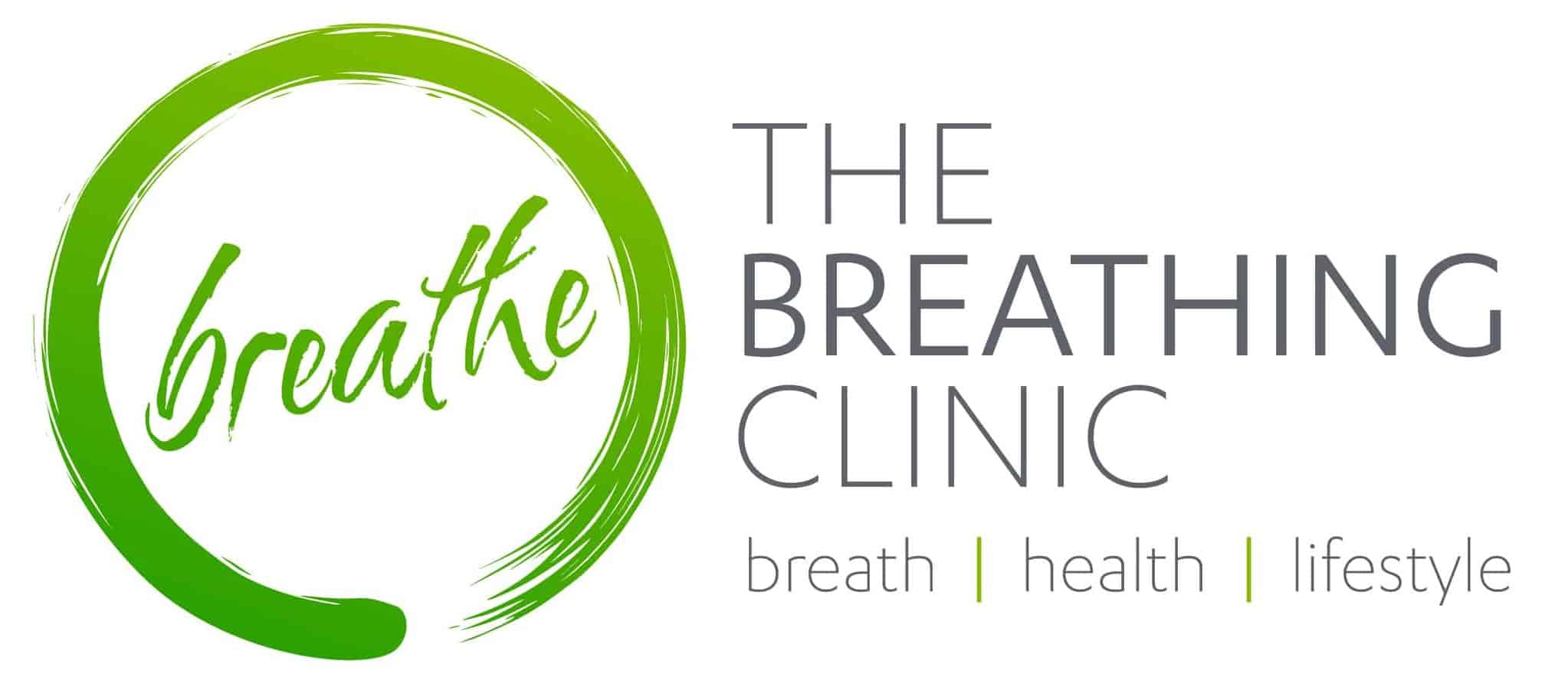An increasing number of health practitioners, including dentists and doctors, are advising their patients to tape their mouth shut at night. This idea has been taken from the Buteyko Method and is being used out of context with little understanding of the breathing retraining process, of where taping is indicated, contraindications and of the possible unintended negative consequences of forcing nasal breathing.
As breathing educators, we are increasingly seeing the fall-out from this advice. One example is a client who, despite a complicated health profile which included anxiety, had been told by her doctor to tape her mouth shut at night because she snored. On trying it she woke up in the middle of the night with a full-blown panic attack.
Taping was never a part of the original Buteyko Method and was never used by its founder, Ukraine doctor, Konstantin Buteyko. Mouth taping was introduced by Buteyko practitioners outside of Russia finding it helped improve compliance with the breathing programme.
A number of Buteyko Practitioners have seen the opportunity to capitalise on this and have designed, branded and marketed their own mouth tape and have played a role in promoting the practice widely and indiscriminately. The idea that you need to pay over $1 per day for designer branded mouth tape is questionable. For those for whom taping is appropriate a $4 roll of paper tape from the chemist does the job in most cases and will last 6 months.
In eight years of clinical practice, I have observed that how you breathe at night mirrors how you breathe during the day. Breathing retraining addresses all aspects of the breathing pattern (rate, route, rhythm, volume and locale) for all situations (awake, asleep, at rest, while exercising and while talking). When applied correctly this will in most cases restore a functional breathing pattern with nasal breathing at night. Where there are no contraindications, we may recommend taping at night as a short-term measure to enhance progress.
Mouth taping – not one size fits all – never force it
Taping is not a mandatory part of a Buteyko breathing training programme and is not suitable for everyone. It is not recommended unless a person is following the full programme which includes the practise of daily breathing exercises for a minimum of six weeks
There are many factors contributing to poor breathing. The most prevalent characteristic is an elevated minute volume, or over-breathing. Instructing someone to tape their mouth shut at night without other interventions is unlikely to restore a functional breathing pattern with a normal breathing volume. It simply forces them to breathe a larger amount of air than normal through an airway half the size. This can lead to a number of unintended consequences, two of which are explained in a Facebook post by Australian ENT surgeon Dr David McIntosh, warning about the perils of taping.1
As Dr McIntosh rightly points out, you are not relearning how to breathe if you are simply forced to breathe through your nose. Forced nasal breathing can be deleterious to both the nasal cartilage and to the cardiovascular system, causing other physical and physiological disturbances.1 A deviated septum is a contraindication to taping and many people may not even realise they have this condition. Where there is a deviated septum one side of the nasal airway is smaller and may be partially blocked and there is more resistance to nasal breathing. Forced breathing through the nose when it’s partially blocked leads to increased respiratory effort to overcome the partial obstruction but in the process, this creates a suction effect, putting pressure on the nasal cartilage on the outside of the nose and dragging it in. In time this can start to weaken and even collapse it, creating even more of a nasal obstruction. 1
Forcing nasal breathing by taping at night also has the potential to negatively affect the heart due to an increase in respiratory effort. When you breathe in it doesn’t just drag air into the lungs. It also drags blood into the heart. With mouth breathing, blood vessels from right to left of the heart are constricted so the heart has to pump harder to get blood through. When you force a deep breath in that also drags more blood into the chest and the right side of the heart, which is already overloaded and then must pump harder to shift a greater volume. Blood pressure within the vascular system goes up also which puts more of a stress on the right side of the heart which then has to work harder.
Mouth Taping in Children – Caution
Enlarged adenoids, nasal polyps, rhinitis and structural narrowing are some of the issues contributing to nasal obstruction in children. Breathing retaining can alleviate all these issues, except for structural obstruction. For obvious reasons taping the mouth is inappropriate in all cases.
The growing number of papers showing that approximately 1 in 5 kids with upper airway obstruction also have secondary pulmonary hypertension2 is another cause for concern when it comes to indiscriminately recommending mouth taping. Secondary pulmonary hypertension is high blood pressure on the right side of the heart. Given that a mouth breathing child may have a true obstruction rather than a bad habit (a habit is something you do when there is no reason otherwise), it’s important to understand the potential negative impact on the physiology of making a child with nasal obstruction breathe through their nose.
It is possible to force nasal breathing by recruiting more of the respiratory muscles and increasing the respiratory effort. This increases the negative intrathoracic pressure differential, driving the airflow. But it also increases venous return to the right side of the heart which increases the cardiac preload. Given the afterload is already elevated, this added preload tips the balance towards right heart strain and potentially a type of right heart failure known as Cor pulmonale.
So, if you have been recommending breathing exercises or taping to mouth breathing kids and were unaware of these conditions or don’t understand the physiology, it may be worthwhile first ensuring that the nature of the airway obstruction is clarified.
It’s not that simple
Even for those undergoing a breathing retraining programme, there are still a number of contraindications to taping in addition to a physical nasal obstruction. These include anxiety, having a vomiting bug, feeling nauseous, having uncontrolled epilepsy, having claustrophobia and being under 5 years of age.
A 2009 randomised single-blind crossover study on taping for asthma control concluded that taping the mouth at night alone had no effect on asthma control in patients with symptomatic asthma.3
Another misconception is that mouth taping is for life. As Buteyko Practitioners, if our clients need to tape long term, then they clearly have not retrained their breathing pattern. It is important to remember that with a Buteyko course, taping is an optional, short term, add-on technique to help establish a functional breathing pattern. Once that has been achieved, comfortable nasal breathing night and day becomes the norm and taping is no longer required.
A word of caution to those considering or recommending mouth taping
I would urge you to think twice before trying, or encouraging clients/patients to try taping their mouths shut at night. Mouth breathing may be a symptom of a wider issue rather than just a bad habit and needs to be considered within the context of their overall health and breathing. Retraining a mouth breather to breathe through their nose is just one aspect of their breathing function that needs to be addressed. The goal of breathing retraining is to establish a breathing pattern that is efficient, adaptive, appropriate, responsive and supports their health. This should be done slowly, gently and skilfully by a suitably trained and qualified Breathing Educator who belongs to a professional body such as the Buteyko Institute of Breathing and Health.4
Irish colleague Patrick McKeown has taught over 8,000 people. Of those only 15 were unable to establish comfortable nasal breathing due to a severely deviated septum or nasal polyps. You don’t need a perfect nose to be able to establish nasal breathing. McKeown achieved it despite having a deviated septum and a right nostril that is half the diameter of the left. According to McKeown 60% of people in the west have a deviated septum.
Many of our clients learn to breathe comfortably through their nose despite having a deviated septum. The key is to reduce/normalise their minute volume. However, it is essential that these people are screened by a qualified breathing educator and if necessary, first referred to an ENT specialist for assessment. I would add that surgery should always be a last resort after all other options have failed. Breathing retraining is conservative, safe, non-invasive and in most cases an effective intervention.
Australian colleague and physiotherapist Tess Graham has taught similar numbers to McKeown and says: “In 20 years of breathing retraining, I have rarely seen a nose that won’t, at least partially, clear within the first five minutes of changing a poor breathing pattern – not even smashed-up footballers’ noses, of which I have tackled a few.” However, there is a tried-and-true process to achieve this, and it does not start with mouth taping.
References
- Dr David McIntosh; My take on taping the mouth in those that are mouth breathing; 16 August 2020; https://m.facebook.com/watch/?v=217817736326800&
- Orji F. et al; Eur Arch Otorhinolaryngol; The clinical and radiological predictions of pulmonary hypertension in children with adenotonsillar hypertrophy; (2016)
- Cooper S. et al; Respiratory Medicine; (2009)
- Buteyko Institute of Breathing and Health; 2018; https://buteyko.info/


